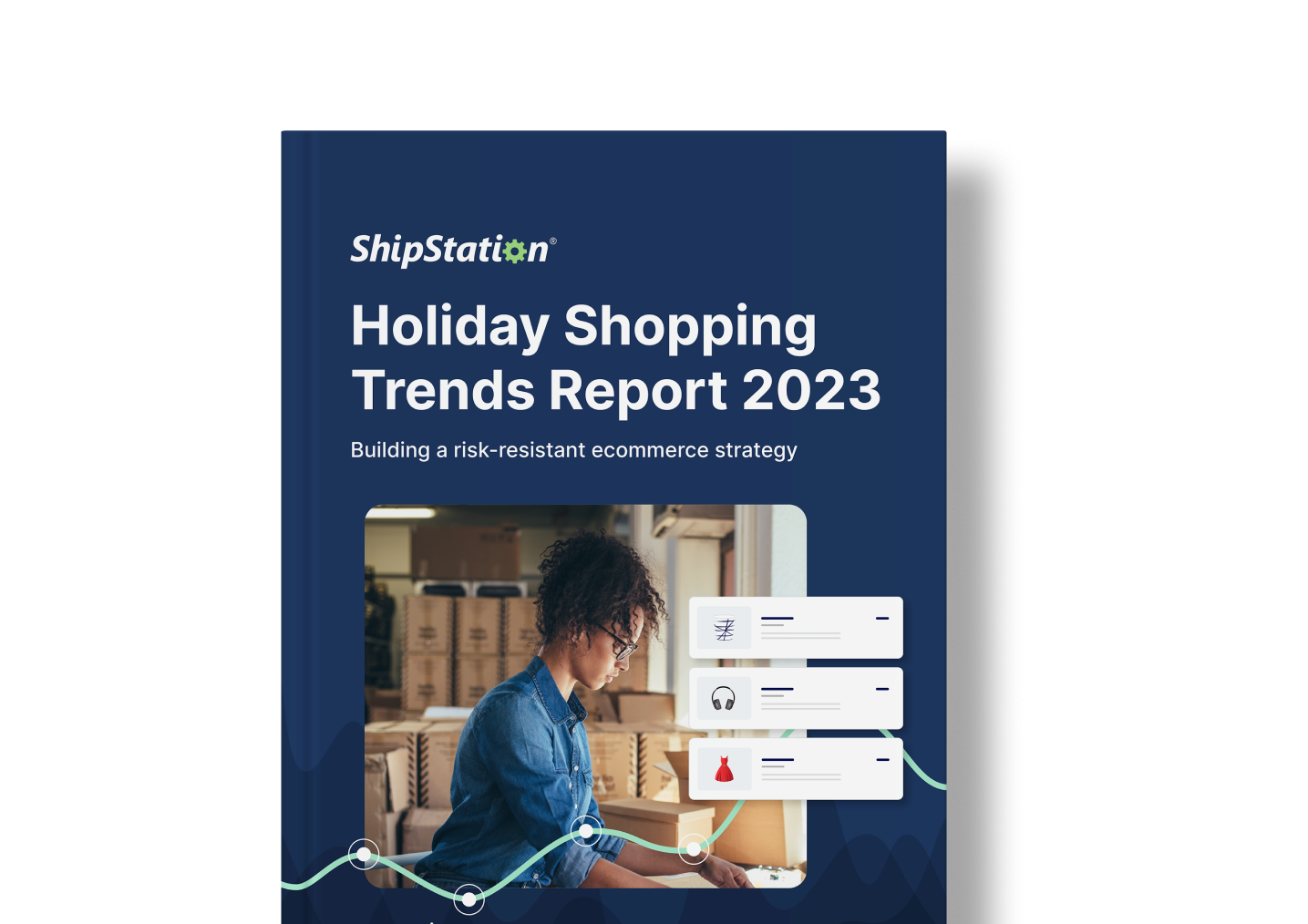Breaking Down Demographics: Canada Post’s Benchmark Report
The latest Canadian Post benchmark report is now live. This study gives a comprehensive view of the state of ecommerce across the globe, allowing online merchants to benchmark their 2019 performance and analyze how best to advance.
We will be going through some of the most critical findings but for more information download the full study.
Invest in Your City
The ecommerce landscape continues to grow. To best analyze how to go forward, Canada Post has surveyed shoppers to explore current online shopper demographics. The study looked at 5,000 Canadians who had made purchases in the past year and how they shop.
When you breakdown online shoppers by location, a couple of trends emerge. About 80% of shoppers make purchases from urban or suburban areas. That means you’re more likely to then advertise in Ontario, Canada than Port Hope, Canada. And while urban and suburban areas may dominate the field, don’t forget to invest in the rural areas where 20% of online shoppers reside. The individuals in rural areas are known to be reliable online shopping customers since many of them have less access to major corporate stores. Many companies like our user, Rural King, have benefited from harnessing the considerable interest from rural markets.
International Sales Manager, Jason Ballard, from ShipStation, notes that Canada is often subjected to this challenge as there are many rural areas. Ballard recommends working with a Canada-local third-party logistics company to help alleviate the stress to ensure your products reach their intended location. He also calls to attention that often Canadians come across problems reaching their American shoppers’ homes. Often, cross border logistics must be implemented to get products in American shoppers’ homes. Solutions may include warehousing products in America to ensure they reach their intended location.
There’s Value in Age
Understanding your target customer is central to success. Age is a significant factor in the demographic breakdown as customer taste is often subject to one’s age. There are different tactics to employ when targeting different aged customers. Not to mention, your target demographic can be infused into almost every decision your business makes.
Baby boomers make up the largest segment of the demographic in Canada Post’s study. These people are beginning to retire, but their shopping hasn’t ceased. They grew up without technology and currently enjoy testing out what’s new.
Millennials and gen x-ers make up the second largest demographic. They are just beginning to climb up the corporate ladder and have children of their own. Gen x-ers are more tech-savvy comparably to their elder cohort and therefore use more technology to shop.
Analyze Shoppers by Segment
The frequency of shopping is a significant indicator of how to target your best customers. As Canada Post showed in their half-year report, people now are shopping more often. Between 2016 and 2018, the average number of online purchases Canadians made annually shot up 58%. This study also uncovered another important finding – the emergence of the hyper and hyper-elite consumers. While these people make up a small portion of shoppers, they are treasured. Hyper purchasers make 25-40 purchases a year, and hyper-elite consumers make 40+ purchases per year. The percentage of these shoppers has more than doubled over two years, so it is crucial to keep your eye on them!
ShipStation stays dedicated to Canada
ShipStation is here to help you address any logistical opportunities you may encounter. We work to bring you educational collateral to keep our users always aware of the best practices and empower our users to make the best shipping choices. Today, we partnered with Canada Post to share this information with you, but there is far more data to digest and apply to your business. To learn more from Canada Post’s benchmark report, download the official report.





